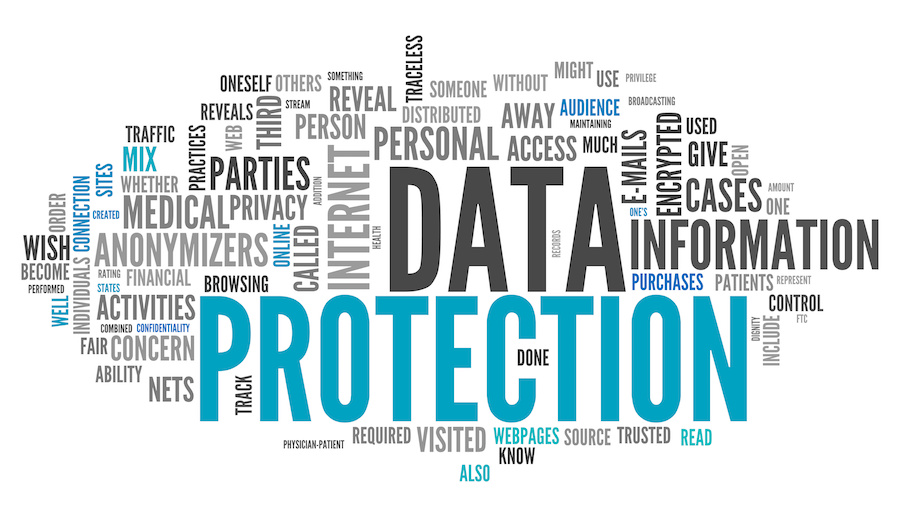Reinventing your digital life starts with building on a foundation that prioritizes strength, adaptability, and security. In today’s ever-evolving online landscape, traditional systems often fall short in offering the level of control and autonomy that modern users crave. That is where a strong, decentralized foundation comes into play designed not only to protect but to empower. This kind of infrastructure supports users in taking ownership of their digital presence, privacy, and creative output. With the increasing demand for platforms that respect user sovereignty, a new digital paradigm is emerging one that prioritizes anonymity, resilience, and innovation at its core. At the heart of this transformation is the concept of self-sovereignty and freedom from centralized oversight. In contrast to conventional platforms where your data, identity, and activity are constantly tracked or monetized, a new breed of digital ecosystems allows you to move freely, securely, and anonymously.
These systems leverage cryptographic tools, encrypted communications, and decentralized protocols to create a digital sanctuary where control truly returns to the individual. Whether you are a developer, a creator, or simply someone who values privacy, this foundation ensures that your online life is shielded from surveillance, censorship, and exploitation. The strength of this foundation lies not just in its security, but in its adaptability. It is designed to be modular, flexible, and community-driven, enabling users to build, scale, and evolve their digital experiences on their own terms. Through peer-to-peer technologies and open-source principles, this environment fosters collaboration while eliminating the risks of centralized failure. Users can deploy applications, share content, trade assets, or engage in discussions without relying on corporate gatekeepers or intermediaries. The result is a freer, more fluid internet tailored to those who seek independence and authenticity in a chaotic digital world.
Moreover, this foundation embraces the future of identity and reputation. By shifting away from traditional login systems and instead utilizing anonymous credentials or decentralized IDs, users are able to navigate online spaces with confidence and discretion. This redefines trust and accountability in a way that is more ethical and less invasive. It encourages the rise of niche communities, borderless economies, and experimental cultures where innovation can flourish unimpeded. Ultimately, reinventing your digital life is not about escaping reality it is about reclaiming your place within it, with tools and systems that work in your favor. Archetyp link strong, secure, and future-proof digital foundation gives you the freedom to explore, create, connect, and evolve without compromise. It empowers you to define your online identity, curate your digital environment, and participate in a new kind of internet one that aligns with your values, protects your rights, and amplifies your potential.






